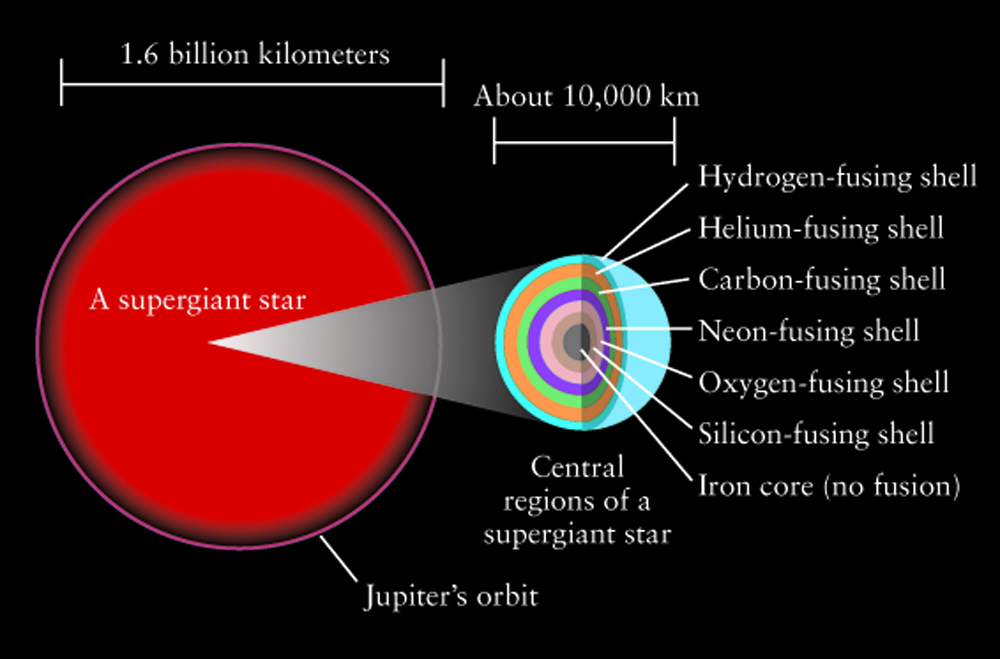MY BAD!! I have DISCOVERED how the theme of my post on SILICA on Mars was transformed from SILICA to SILICON:
"Re: Life on Mars
Postby Ron-Astro Pharmacist » Fri Dec 18, 2015 3:33 pm
Both you and Alohascope are correct Geck and indirectly the
silica proves it. There obviously is evidence of life on Mars and the
silicon is good proof of it."
After reading this, in my next post in the thread I miswrote
SILICA as
SILICON .. but I was not thinking
SILICON .. I was thinking
SILICA.
My original post was NOT made about
silicon .. it was about
SILICA. It was not about
SILICON life forms, but
SILICA being evidence for potential life on Mars in the past, as some life forms synthesize SILICA.
SILICON life forms however are theoretically possible as we all know under very special conditions .. but that is another topic entirely.
http://www.scientificamerican.com/artic ... -the-basi/
In my defense however I would not have written
silicon for
silica had the word silicon not been injected into the thread as what was revealed to be a joke.

